Types Of Wheel Balancing: Static, Dynamic, Road Force & Beads
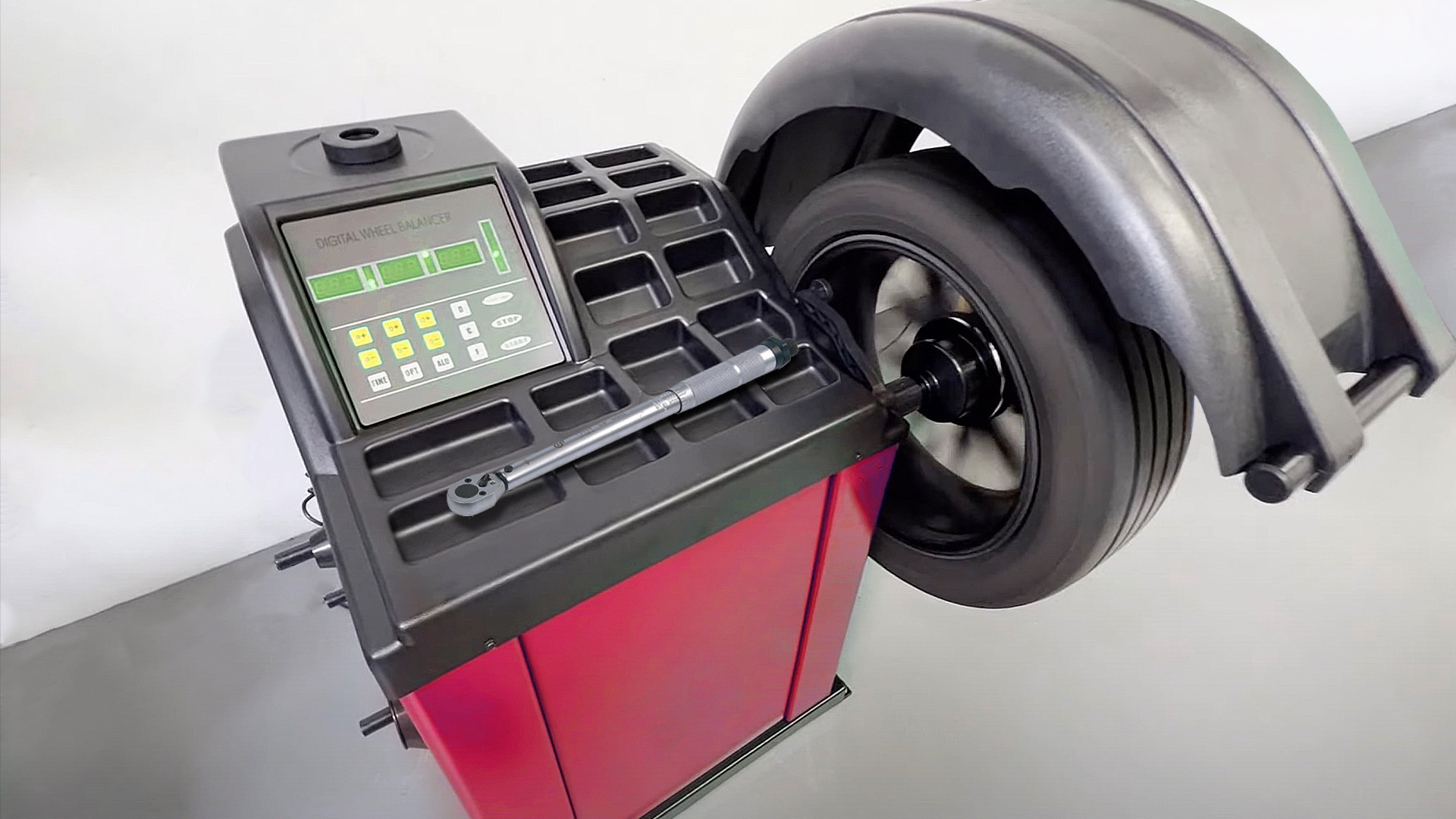
Properly balanced wheels are essential for the longevity and performance of your tires. When wheels are out-of-balance, it can result in premature wear of suspension and steering components, rotating parts, and tires.
That’s why, in order to achieve perfect tire balance, Continental recommends rebalancing after every refit and routine maintenance every 3,000-6,000 miles or 1-2 years (whichever comes first).
In this article, we’ll dive into four popular methods of wheel balancing: static, dynamic, road force, and balancing beads. We’ll examine the pros and cons of each method to help you decide which one is best for your vehicle.
Key Takeaways
There are four types of wheel balancing:
Tire Balancing Methods
Static Balancing
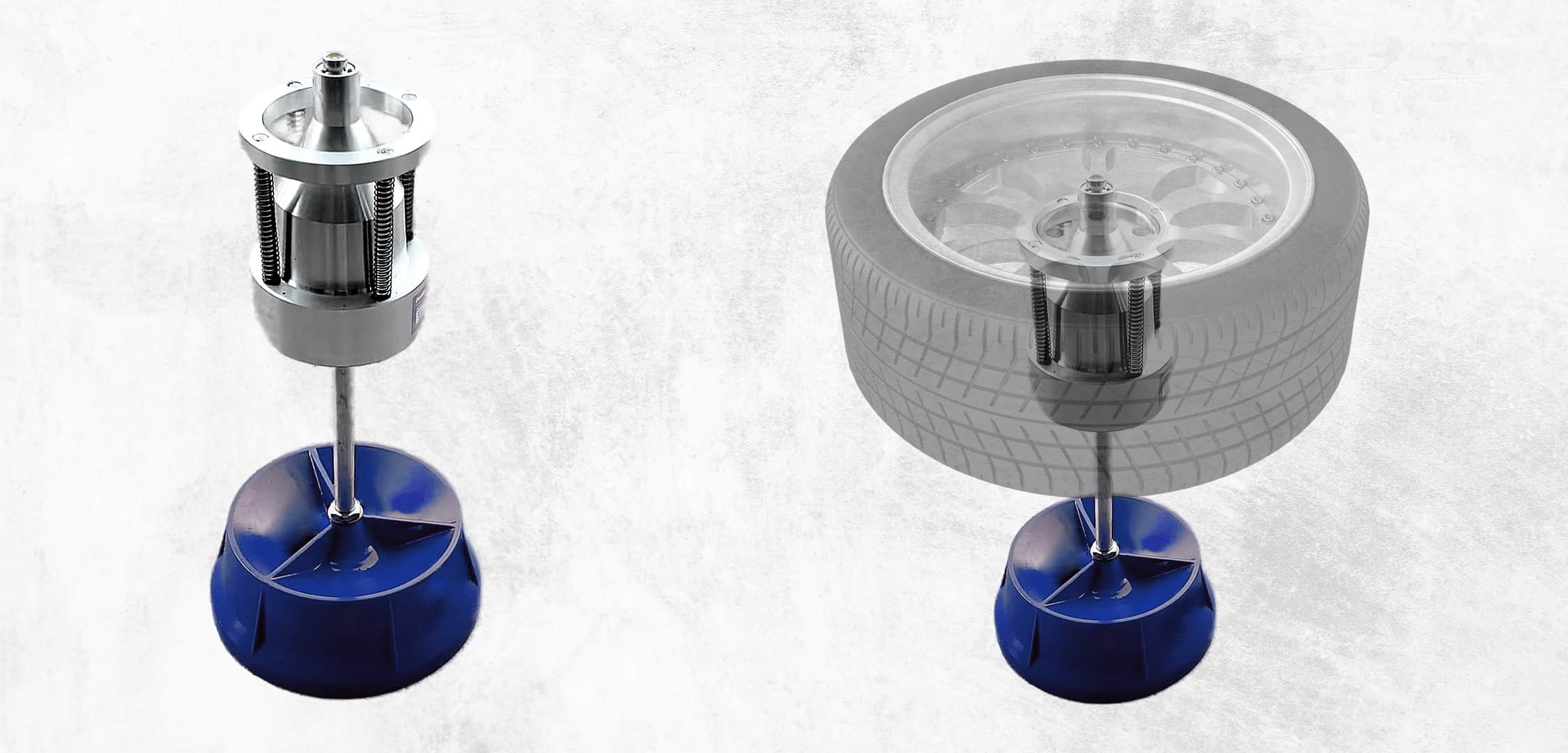
Static balancing is a classic approach where weights are installed across only one tire line, otherwise known as one plane. While it’s the easiest and can help in light-imbalance cases, it may not be enough for complex imbalances.
Static tire balancing involves securing the wheel in place on a balancer. The heavier side of the wheel will lean lower to the ground, indicating where weights should be placed 180° across from it. The technician then attaches small weights to specific locations around the rim until the weight is evenly distributed.
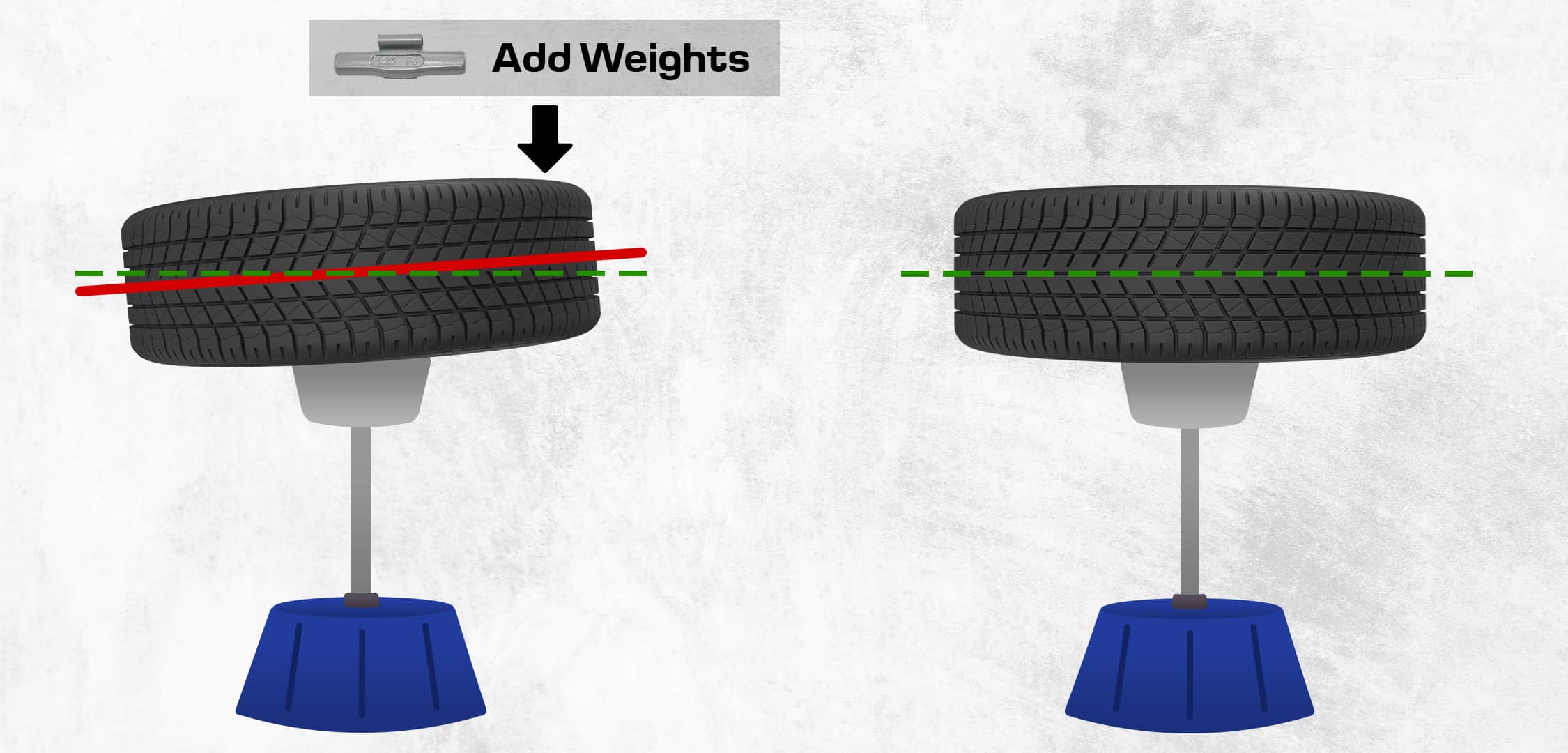
Static balancing works best for lightweight vehicles traveling at lower speeds, as it corrects up-and-down vibrations caused by radial runout but doesn’t address side-to-side wobbling.
Dynamic Balancing
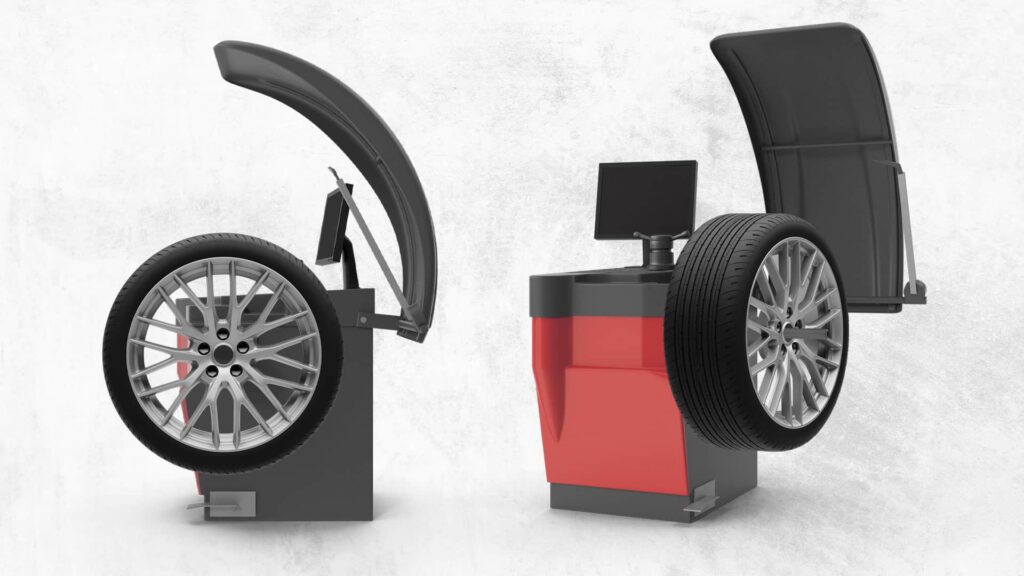
Dynamic balancing is a more advanced method of wheel balancing that corrects both up-and-down as well as side-to-side vibrations by distributing weights across the tire. Using modern spinning computer balancers, mechanics place the wheel-tire assembly on a machine that spins it at speeds ranging from 10-15 mph to 55-60 mph.
During this process, sensors measure all weight imperfections and show the stiffer spots where weight needs to be added for balance. Unlike static balancing, dynamic balancing places weights on both sides of the wheel for enhanced precision.
Dynamic balancing is suitable for most vehicles and tires.
Road Force Balancing
If you want the most advanced tire balancing method available, look no further than road force balancing. It involves creating a realistic simulation of road conditions using a machine with a large roller that applies the estimated weight of your vehicle to the tire.
This method can even detect imbalances in complicated cases and uses different tolerances for different types of vehicles. During this process, sensors read pressure around the circumference to detect irregularities.
If there are significant variations, the system prompts the technician to take readings from the wheel and determine whether it’s actually a tire or wheel issue causing the imbalance. The machine then shows specific spots to work on.
Road force balancing is suitable for all types of vehicles and tires, especially those with complicated cases or variations in design like positive offset wheels.
Balancing Beads

Balancing beads are tiny glass or ceramic beads that are added to the inside of your tires to help balance them without requiring any additional weights attached to the wheel or tire.
The special part about these beads is how they work – they distribute themselves evenly around the inside of the tire, adjusting their positions as you drive. This adapts their counterbalancing effects to deal with any weight imbalances and results in a smoother ride with less vibrations.
While balancing beads may not be suitable for smaller or lighter tires, they do have key benefits for larger tires or heavy-duty vehicles.
Types Of Wheel Weights
If you’re balancing your wheels, you’ll need to choose between two main types of wheel weights: clip-on and adhesive.
Clip-On Weights
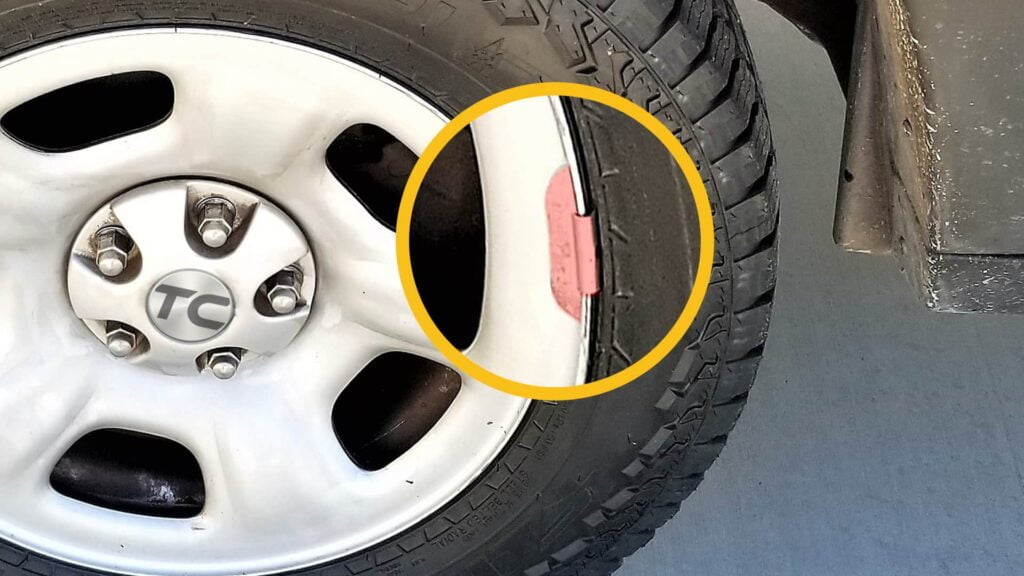
Clip-On Weights, also known as bang-on weights, are hooked on the rim flange using a light hammer. Different models exist for different types of vehicles such as MC for US cars, EN for Volkswagen and Honda cars and FN for Japanese cars. There are also IAW models available that match European and South Korean cars.
Adhesive Weights
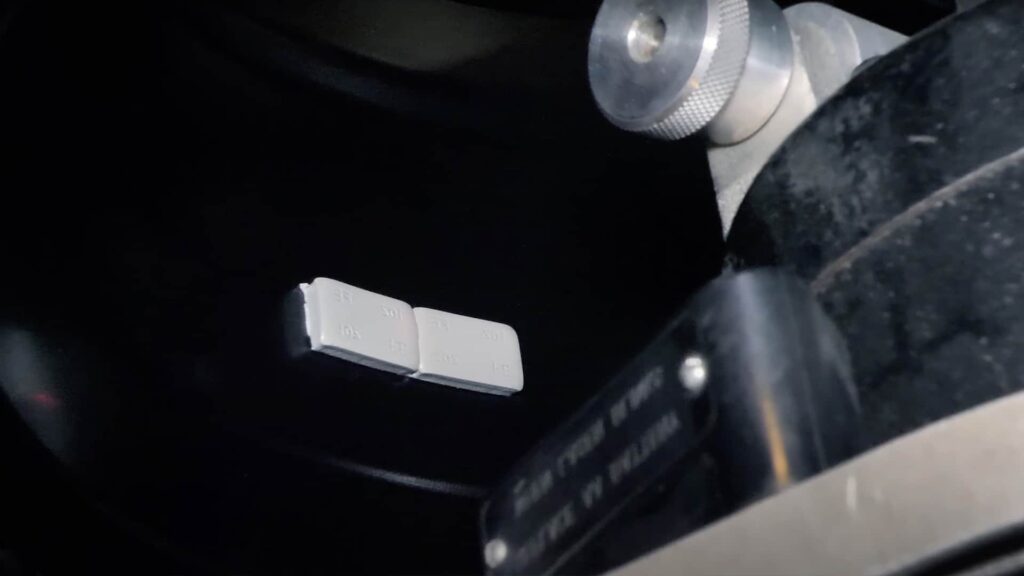
Adhesive weights are universal and easier to install – they consist of 0.25 oz (7.09g) squares with strong adhesive on one side. They’re typically placed on the inside of wheels where tires are out of balance.
Note that aluminum alloy or chrome wheels require care when using clip-on weights because placing them can cause damage leading to corrosion or flaking if not done precisely.
Technicians recommend cleaning surfaces before applying these adhesives so they stick firmly to prevent issues later on.
Signs that Your Tires are Imbalanced
Imbalanced tires can cause several issues, and it’s essential to recognize these signs and get your tires balanced before it’s too late. Here are some common symptoms of tire imbalance:
Driving Vibrations
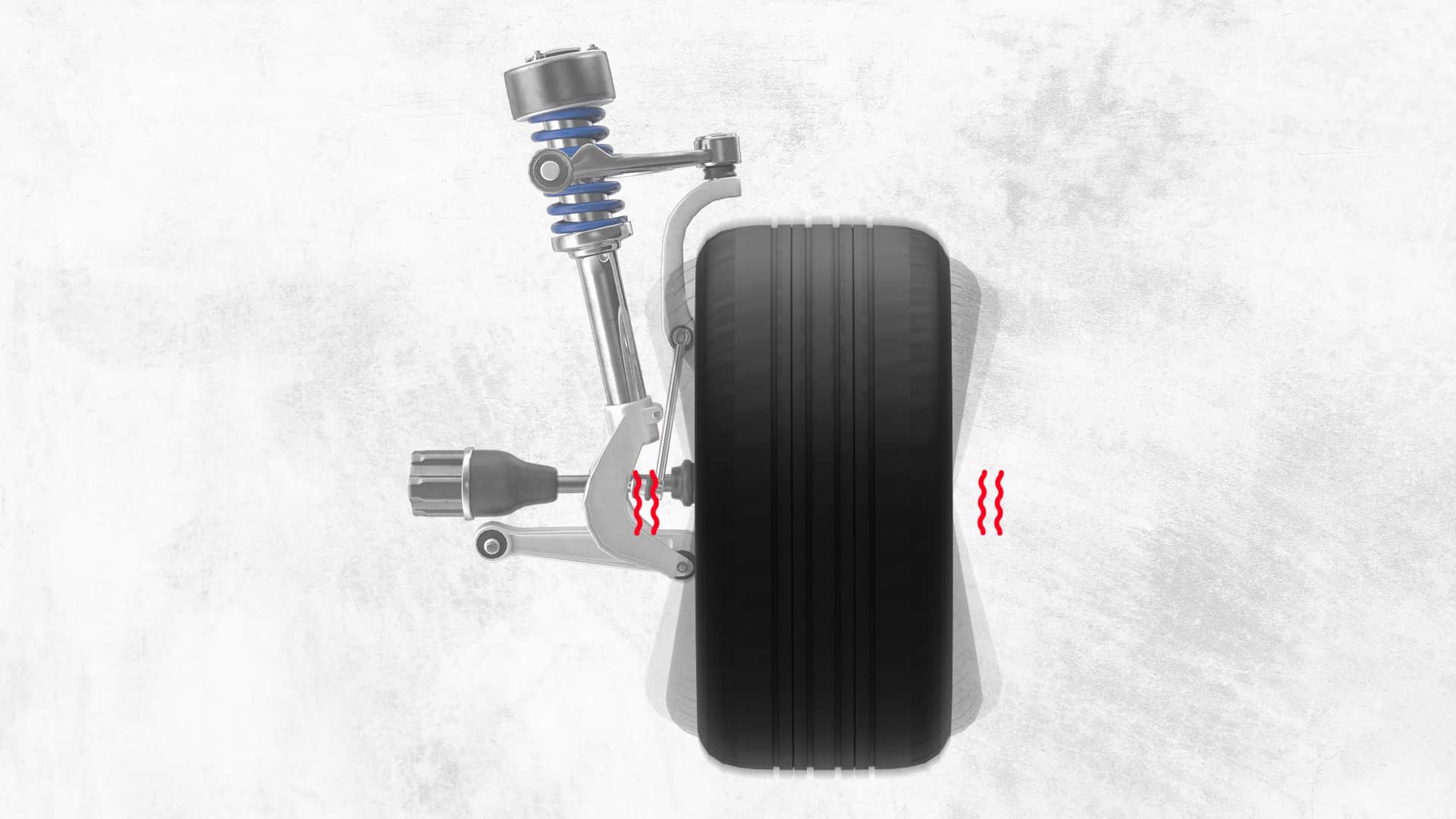
A tire that’s not balanced will make its presence known with shaking, wobbling, and other similar sensations. No matter what words you’d use to describe it, the end result is more vibrations from the road coming into the car.
Whether it’s the front or back tire that’s giving trouble makes little difference in terms of how it feels. If your steering wheel shimmies around excessively while driving, then there’s an issue with one of the front tires. But if those same vibrations come up from below – affecting both floor and seats – then the rear axle is likely to blame.
Uneven Tire Wear
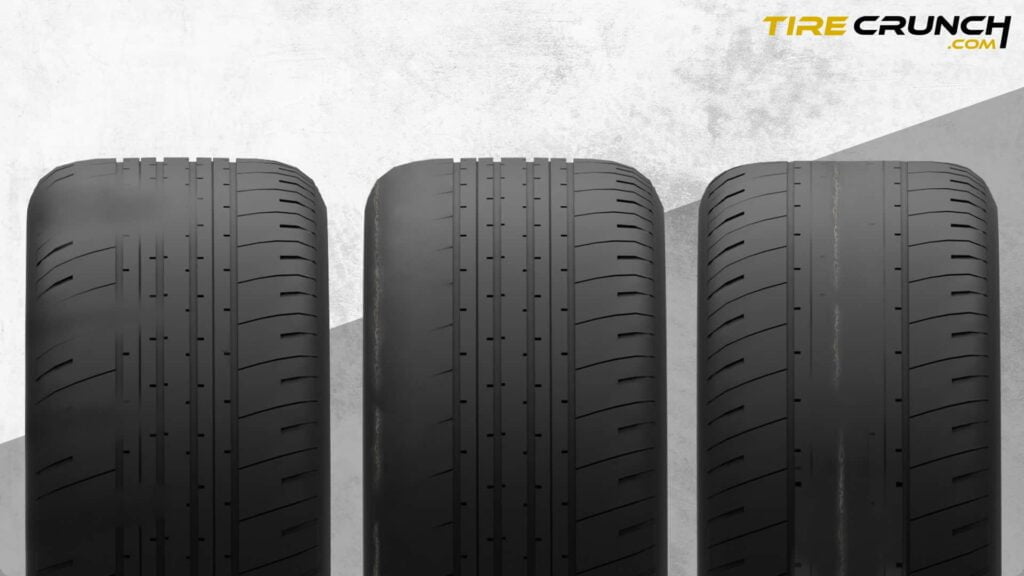
Unbalanced tires can cause uneven tread wear because they wobble as the vehicle moves, which puts more pressure on certain areas of the tire. This leads to the overuse of certain parts of the tire and causes it to wear unevenly.
So, if you notice any uneven tread patterns, it might be time to check for unbalanced tires
Increased Fuel Consumption
The friction caused by uneven pressure points creates more resistance making your vehicle work harder!
When you find yourself reaching deeper into your pocket for gasoline, have your tires checked and balanced! It could help save money on both gas and maintenance costs in the long run.
Tire Balancing vs Alignment
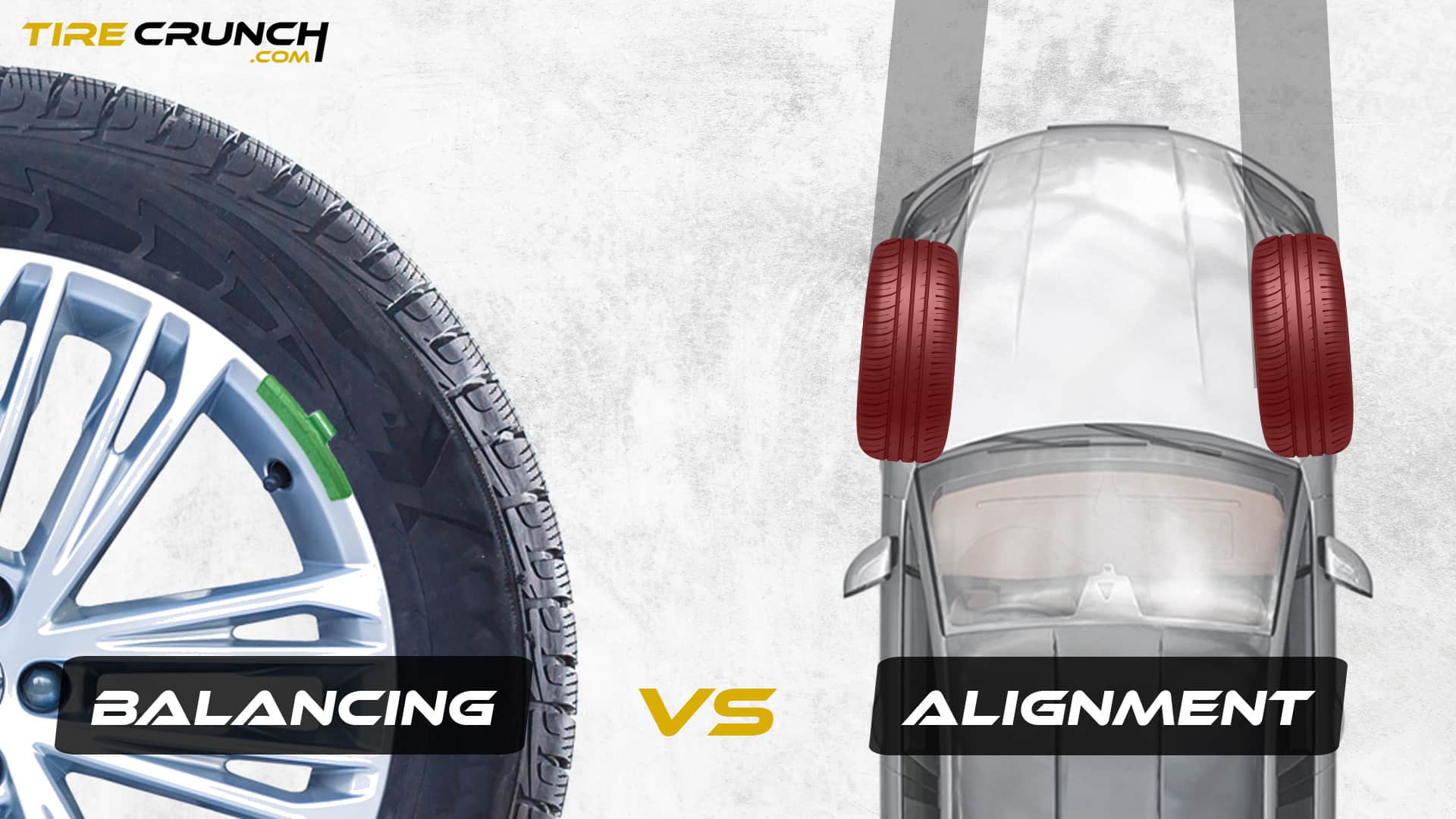
Many people assume that tire balancing and alignment are interchangeable terms. Although they may have similar symptoms – such as wobbling tires, uneven wear, and increased fuel consumption – tire balancing and alignment are two totally different things.
Tire balancing involves adjusting the distribution of weight in a tire to ensure it rotates evenly while spinning. This reduces vibrations and ensures smooth driving.
Alignment, on the other hand, involves adjusting the angles of the wheels so that they align with each other and with the car’s frame. This ensures that the tires make proper contact with the road surface, which maximizes tire life and improves handling and safety.
Both tire balancing and alignment are important for maintaining optimal vehicle performance and should be performed regularly as part of routine maintenance.
FAQs
How does tire balance affect performance?
Your vehicle’s performance will suffer if the tires are imbalanced. Plus, if you drive aggressively, take sharp turns, or travel on bumpy roads, your tires may wear out even faster due to the extra stress caused by the existing imbalance. Here are a few signs of an unbalanced tire:
– Your tires wear down unevenly and faster
– Your fuel efficiency drops
– You experience vibrations while driving at high speedsHow often should I get my tires balanced?
Experts recommend getting your tires balanced every 3000-6000 miles or once a year – whichever comes first.
How much does tire balancing cost?
The cost of this service varies widely depending on where you go and what type of vehicle you drive. Some places will charge as little as $5 per wheel for balancing work, while others might make it more expensive up to $100+ per wheel.
Do I have to balance my tires when rotating them?
Yes! It is crucial that your vehicle’s wheels be rebalanced after they’re rotated.
How can I tell which tire is out of balance?
It’s easy to spot a wobbly or unsteady tire – an unbalanced one causes noticeable shaking and bouncing during use. If your front tire is experiencing problems, this will produce vibrations in your steering wheel. However, if it’s your rear wheels that are off-balance, you’ll feel these shocking motions in the car seat and floor.
So how long does it take to balance my tires?
If you only need your wheels rebalanced, just block off around 45 minutes to 2 hours for all four tires. Keep in mind that older or damaged rims may take longer than new ones because they aren’t quite as symmetrical from wear over time!
Final Words
In conclusion, maintaining properly balanced wheels is crucial for the longevity and performance of your tires. Whether you choose static, dynamic, road force balancing, or balancing beads depends on factors like your vehicle type, tire size, and manufacturer recommendations.
Remember to get your tires balanced every 3,000-6,000 miles or once a year to avoid symptoms such as uneven wear and increased fuel consumption. And don’t forget that balancing your tires is not the same as aligning them – both are important for ensuring optimal vehicle performance. So take care of your wheels and enjoy smoother rides and longer-lasting tires!
Good luck and happy motoring.
